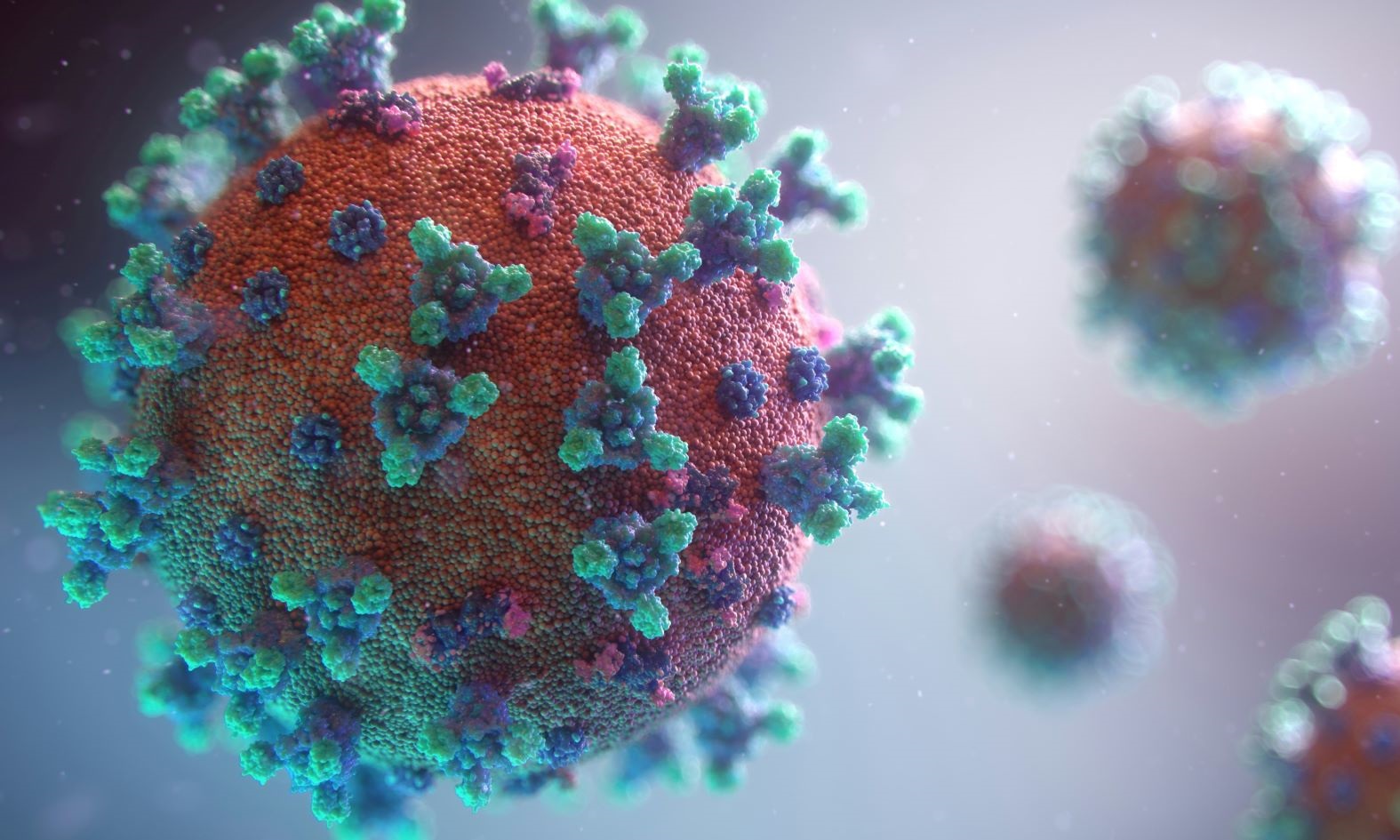Post-traumatic stress disorder (PTSD) is common in military veterans but can affect anyone who has suffered or witnessed an extreme physical or emotional event, and it is very hard to treat. More than of people fail to respond to treatment with drugs and therapy. Novel treatments are urgently needed.
Author
- Anders Kjellberg
Researcher, Hyperbaric Medicine, Karolinska Institutet
A from Israel has been showing promise with an unusual treatment: hyperbaric oxygen therapy (HBOT). This involves . HBOT is conventionally used to treat various physical ailments, such as carbon monoxide poisoning and decompression sickness (also known as “the bends”).
The study, published in The Journal of Clinical Psychiatry, included 63 male veterans aged 25 to 60 who had suffered from PTSD for more than five years. Fifty-six subjects completed the study.
Participants in the study were randomly assigned (28 in each group) to either receive the active treatment with 60 sessions of hyperbaric oxygen at a pressure corresponding to diving 10 metres underwater, or a “sham treatment” (the control group), with air just above atmospheric pressure.
Treatments were 90 minutes a day, five days a week for 12 weeks and included air breaks, or simulated air breaks for people in the control group, every 20 minutes. The groups were similar (as expected in a randomised study) and could not correctly guess which treatment they received (this “blinding” helps remove bias from the study).
The group that received hyperbaric oxygen improved much more in self-reported symptoms related to PTSD and depression compared with the control group, immediately after the treatment and three months later.
Interestingly, changes could also be seen in certain areas of the brain associated with PTSD, with magnetic resonance imaging. The study reported some mild side-effects including resurfacing of traumatic memories, which in itself is very interesting and possibly part of the treatment effect.
The study is small but solid, with very interesting results.
More than half a century
Hyperbaric oxygen treatment has been used for more than half a century for its multiple effects on the immune system – in wound healing, infections and . If we consider PTSD a wound with chronic inflammation, it is not difficult to imagine how it works, even if we do not fully understand the mechanisms involved.
In a wound, the damaged cells release molecules that trigger the immune system and attract stem cells involved in the healing process. This process uses lots of oxygen and the mitochondria that are the power plants of the cell need to .
If the healing is not completed, some cells close to the wound change their behaviour and close down power plants (mitochondria) to survive, instead of choosing .
This is a natural survival mechanism, important for regeneration after an injury. Cells that are damaged but not lost go into survival mode that can be reversed when the imminent danger is over. But, for unknown reasons, some cells stay in .
This survival mode is called . It happens normally as we age but with an injury, many cells can go into survival mode at the same time.
If we look at the body as an ecosystem or society, survival-mode cells are the elderly. The elderly cells are in a way smarter since they carry memories from previous traumas and do not work themselves to death when things get a bit rough. Unfortunately, they are also more sensitive to stress, are not as efficient, and still consume oxygen and energy.
The main reason for functional decline is that we gradually “rust” from the inside due to oxidative stress. We lose anti-oxidative capacity and get an increased number of elderly cells. The elderly cells have fewer mitochondria.
Many effective drugs are developed to reduce the symptoms of . However, since cells are programmed to preserve energy, the normal function may decline further if cells are not challenged. On the other hand, if we cannot reduce oxidative stress naturally, it may reduce our .
When we induce short bursts of oxidative stress, such as during intense exercise the body reacts by producing . Interestingly, hyperbaric oxygen therapy has shown similar effects, something that has been called the . Hyperbaric oxygen is brilliant for the brain since we can’t .
Nerve cells in the brain live much longer than any other cell in the body. A brain cell can live 70 years or more. Regions of the brain called the amygdala, hippocampus and prefrontal cortex are important areas that are sensitive to oxidative stress and become .
The immune cells patrol the body and their communication with the brain is . In the brain, astrocytes are immune cells with a long lifespan and memory that support and protect the brain cells.
In survival mode, due to mitochondrial dysfunction, this support becomes dysfunctional. It helps the brain cells to survive but is not good for optimal performance and .
Astrocytes form a protective shield of antioxidants for elderly brain cells, which is difficult to overcome under normal circumstances. Hyperbaric oxygen has been shown to stimulate astrocytes to deliver new mitochondria to neurons in a .
By challenging cells with hyperbaric oxygen, they gain enough energy for elderly cells to close down and die, and healthy cells become stronger and more efficient, which leaves room and energy for the next-generation workers (new stem cells). This reconditioning process may be what is at work in healing people with PTSD.
![]()








